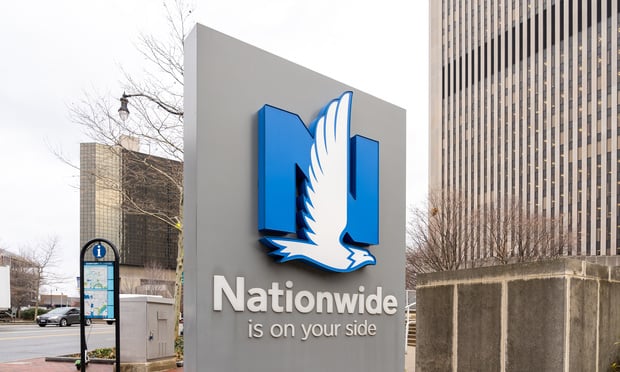Before companies released their Q1 results for 2012, global investment bank Keefe, Bruyette & Woods (KBW) had warned of rising reserve deficiencies among the 55 insurance stocks it follows. But KBW—along with many other industry observers—turned out to be wrong, as its group of non-life insurers released “surprisingly strong” reserves during the quarter.
Only eight companies in the group added to reserves during the first three months of this year and releases slowed only marginally compared to 2011's first quarter, KBW says. Overall, the sector “solidly outperformed” the investment bank's earnings-per-share estimates.
 But KBW believes that it's unlikely that good fortune will last.
But KBW believes that it's unlikely that good fortune will last.
“Going forward we expect that some of the 'luck' of good weather in [Q1] is unlikely to hold, and the pressures of slowing reserve releases and weak investment yields will pressure returns,” KBW says in a recent report.
Ratings agency A.M. best agrees, at least with respect to slowing reserve releases.
The ratings agency posits that “the industry has largely exhausted its reserve cushion, primarily as a result of significant reserve releases and the extent to which rate levels have been inadequate as a result of predominating soft-market conditions in recent years.”
While A.M. Best does expect reserve releases to continue through 2012, they will occur at a declining level—and that the increases to rates seen in recent months will not be sufficient to prevent a continued deterioration of the industry's overall core reserve deficiency.
A third analyst review reports that while reserves remain adequate, the industry is “flirting with inadequacy,” with Workers' Compensation presenting the greatest risk of experiencing deficiencies.
Stifel Nicolaus says in a report, “Reserves are still adequate, albeit weaker than at [year end 2010]—but inadequacies could emerge if inflation ramps up.”
According to Stifel Nicolaus analyst Meyer Shields, the $573.7 billion in consolidated reserves stands about $4 billion above what the firm determines to be the minimum adequate level.
Stifel Nicolaus says that in 2010, there was a reserve cushion of $11.6 billion cushion. In 2009, the cushion stood at $26.7 billion.
For the group of 55 insurance companies KBW follows, 2012's first quarter saw positive premium growth of 3.6 percent. Acquisitions accounted for some of that, but “organic growth and strong moves into specialty areas were major drivers,” says KBW, adding that it expects single-digit growth to continue. The group's combined ratio fell to 93.7 compared to 112 during 2011's first quarter.
The industry's strong first quarter follows a rough 2011. For the U.S. commercial-lines segment, A.M. Best says net income declined by 50.4 percent during 2011 compared to 2010, with underwriting losses tripling to $15.8 billion due mainly to catastrophe losses.
Want to continue reading?
Become a Free PropertyCasualty360 Digital Reader
Your access to unlimited PropertyCasualty360 content isn’t changing.
Once you are an ALM digital member, you’ll receive:
- Breaking insurance news and analysis, on-site and via our newsletters and custom alerts
- Weekly Insurance Speak podcast featuring exclusive interviews with industry leaders
- Educational webcasts, white papers, and ebooks from industry thought leaders
- Critical converage of the employee benefits and financial advisory markets on our other ALM sites, BenefitsPRO and ThinkAdvisor
Already have an account? Sign In Now
© 2025 ALM Global, LLC, All Rights Reserved. Request academic re-use from www.copyright.com. All other uses, submit a request to [email protected]. For more information visit Asset & Logo Licensing.








